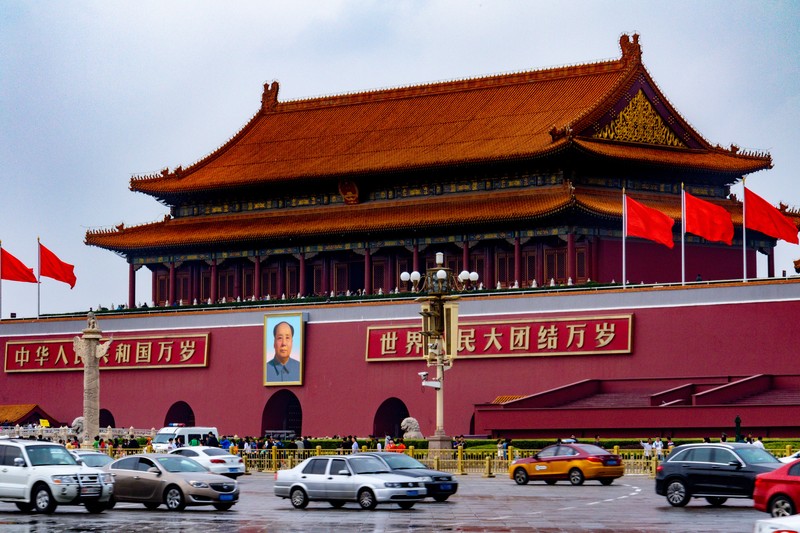There’s buyer’s remorse over that late-night online shopping spree, and then there’s another level of buyer’s remorse entirely (to the tune of $1 trillion)—the latter is what China is experiencing right now as it tries to salvage its troubled Belt and Road infrastructure initiative.
Driving the news: Of the $1 trillion in loans made by China to foreign governments, 60% are now held by countries considered to be in “financial distress,” a sharp jump from 5% in 2010, per The Wall Street Journal.
- Emerging markets (the main beneficiaries of Belt and Road lending) have been pummelled this year by rising interest rates in developed economies and a strong US dollar.
- Not only are Chinese banks now reducing lending, they’re also having to take losses and negotiate debt relief agreements with struggling borrowers, something they had been reluctant to do until now.
Zoom out: Shaky Belt and Road loans are just one of the headwinds facing the Chinese economy right now.
- It’s also grappling with ongoing COVID-zero lockdowns and a historic real estate market collapse, which China’s largest property developer has characterized as a “severe depression.”
- Earlier this week The World Bank forecast that Chinese growth this year would lag behind the rest of Asia for the first time since 1990.
What’s next: The growing frequency and intensity of China’s economic headaches are beginning to loom large over President Xi Jinping’s bid to secure a third consecutive term as leader of the Chinese Communist party in October and make himself the longest-ruling leader since Mao Zedong.
